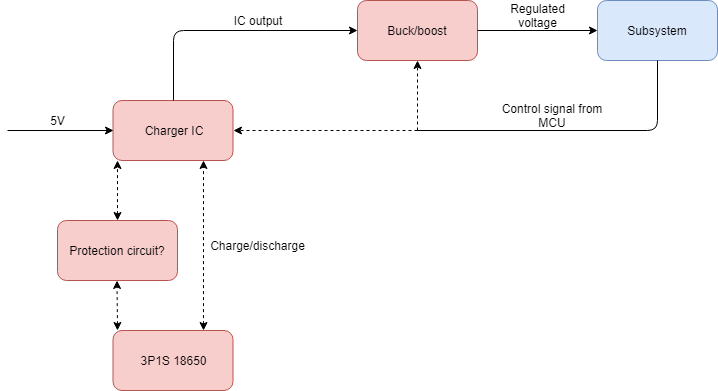Other Parts Discussed in Thread: BQ77915, BQ25606, BQ2970, TPS63000, BQ25896, BQ24250
Hi all,
I am new to battery charging and knows little in this field.
I am looking for a solution to charge 3 off the shelf 18650 that comes with protection circuit and is connected in series, using an IC with powerpath capability.
Would bq24170 be fit to use in this solution? Does such solution requires cell balancing in charging?
If not, is there other IC that will be more suitable for such application?
Thank you.


